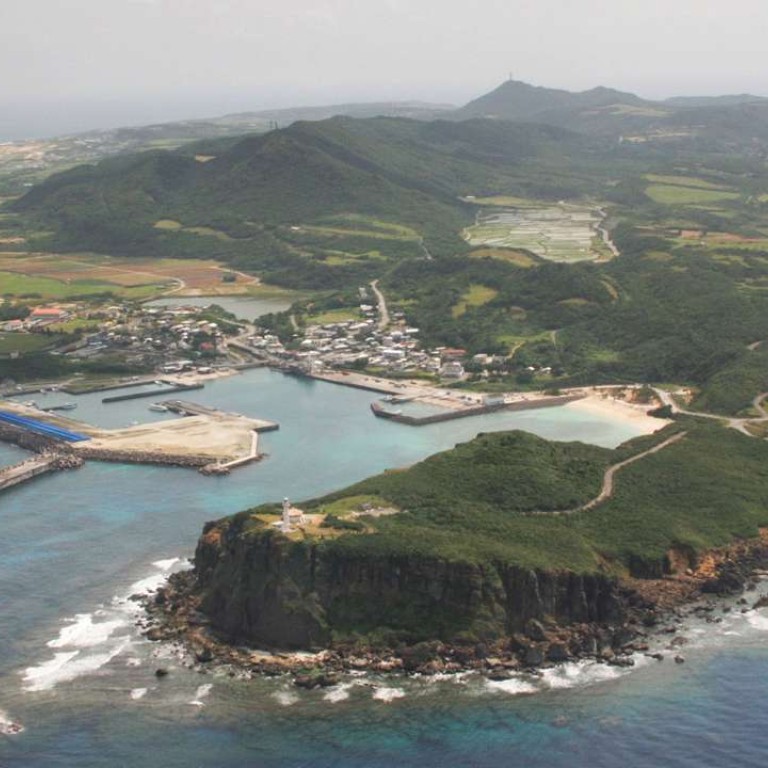
Japan opens radar station manned by 160 troops close to disputed East China Sea islands
Japan on Monday switched on a radar station in the East China Sea, giving it a permanent intelligence gathering post close to Taiwan and a group of disputed islands claimed by both Tokyo and Beijing.
The new Self Defence Force base on Yonaguni is at the western extreme of a string of Japanese islands in the East China Sea, 150km south of the disputed islands known as the Senkaku islands in Japan and the Diaoyu in China.
A unit of about 160 SDF members on Yonaguni Island is manning the radar station, monitoring both ships and aircraft.
“This radar station is going to irritate China,” said Nozomu Yoshitomi, a professor at Nihon University and a former major general in the Self Defence Force.

The deployment fits into a wider military build up along the island chain, which stretches 1,400km from the Japanese mainland.
Policy makers last year said it was part of a strategy to keep China at bay in the Western Pacific as Beijing gains control of the neighbouring South China Sea.
Toshi Yoshihara, a US Naval War College professor, said Yonaguni sits next to two potential flash points in Asia - Taiwan and the Senkaku/Diaoyu Islands.
“A network of overlapping radar sites along the island chain would boost Japan’s ability to monitor the East China Sea,” he added.
Yonaguni is only around 100km east of Taiwan, near the edge of a controversial air defence identification zone set up by China in 2013.
Over the next five years, Japan will increase its Self-Defense Forces in the East China Sea by about a fifth to almost 10,000 personnel, including missile batteries that will help Japan draw a defensive curtain along the island chain.
Chinese ships sailing from their eastern seaboard must pass through this barrier to reach the Western Pacific, access to which Beijing needs both as a supply line to the rest of the world’s oceans and for naval power projection.
To mark the start of operations, Japan’s military was planning to hold an opening ceremony on Monday. The 30 sq km outcrop is home to 1,500 people, who mostly raise cattle and grow sugar cane. The SDF contingent and their families will increase the population by a fifth.
The existing residents of the island voted in favour of hosting the SDF radar unit in a non-binding referendum in February 2015.
● The Japanese government on Monday dismissed an idea raised in a media interview with US presidential candidate Donald Trump that Japan and South Korea develop their own nuclear weapons to reduce pressure on the United States to come to their defence against North Korea and China.
“The three non-nuclear principles of not producing, possessing or allowing nuclear weapons on Japanese territory are an important basic policy of the government. The government’s policy of firmly maintaining them will remain unchanged,” Chief Cabinet Secretary Yoshihide Suga said at a press conference.
In a recent interview with The New York Times, Trump said he is open to the idea of both Japan and South Korea developing their own nuclear weapons and would be willing to withdraw US troops from their soil. The United States “cannot be the policeman of the world,” he said.
The New York billionaire and front runner for the Republican presidential nomination said he would consider removing troops from Japan and South Korea unless the two treaty allies paid more to cover the costs of housing and feeding them.
Additional reporting by Kyodo

